The Invisibles
The men and women who have worked so hard to to protect us in war and peacetime, breaking codes and ciphers and devising cryptographic systems to protect our communications and data are, for the most part, invisible to us. Their friends and families may know that they work for the government or “in computing”, but their real work is sensitive and often classified and their true skills only known to a few. Here we thought it would be nice to acknowledge some of their forebears and their achievements. We will be adding new ones from time to time, and if you have a favourite we should know about, why not post something in the Forum. It may find its way here!

ALAN TURING must be one of the most famous cryptographers to have ever lived. His work at Bletchley with the team that cracked the Enigma machine shortened the Second World War and saved many lives. He was a prodigious mathematician who made fundamental contributions to mathematical logic, but he also loved to tackle applied problems. His development of a theory of computation led to the design of the modern computer while his work on the reaction diffusion equation gave an explanation for how animals developed stripes and spots. Beyond his work he is an icon to the LGBTQ community.
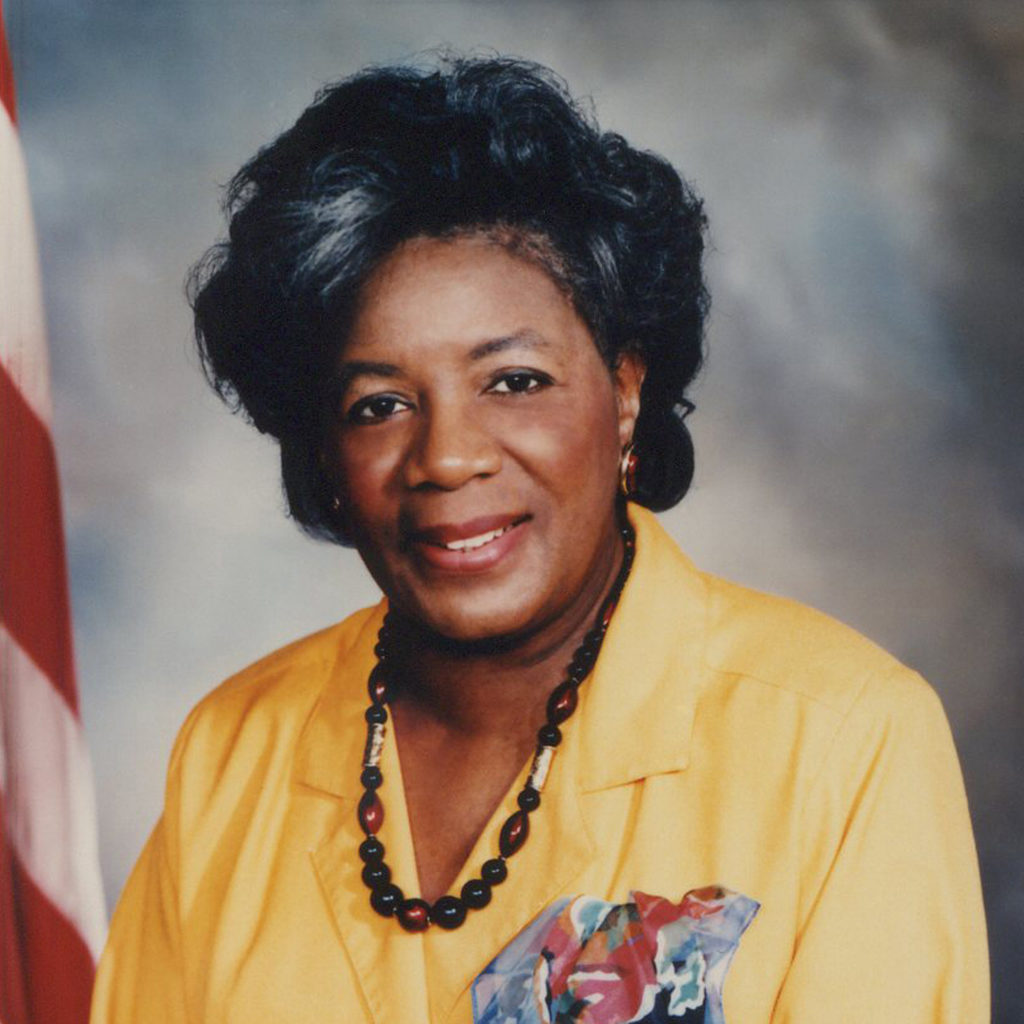
MINNIE MCNEAL KENNY had a long and distinguished career at the NSA, the US equivalent of GCHQ. Unlike many African Americans of her generation she was allowed to work in an integrated division at a time when many others were segregated. She joined as a communications clerk and rose through the ranks to hold many senior posts, including Assistant Director. In her 43 years at the agency she received NSA’s two highest awards: the Meritorious Civilian Service Award (1980) and the Exceptional Civilian Service Award (1984).
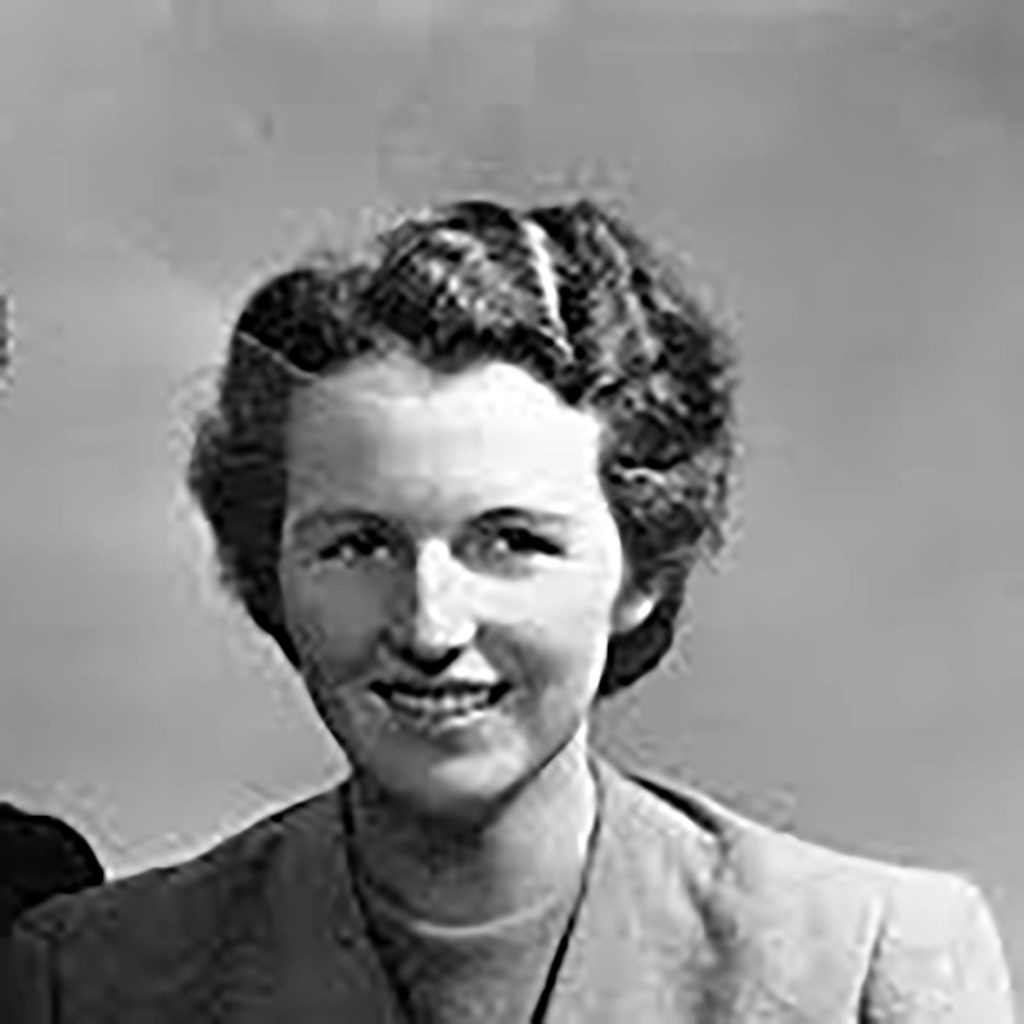
MAVIS BATEY doesn’t look like a spook, but then the successful ones never do! At the age of 19 she joined the team at Bletchley Park working on the Italian Naval Enigma. A gifted linguist with a talent for codebreaking, she became an indispensable member of the group. Her breaking of one message between Belgrade and Berlin enabled Dilly Knox’s team to determine the wiring of the Abwehr Enigma, which had previously defied all efforts to break it.
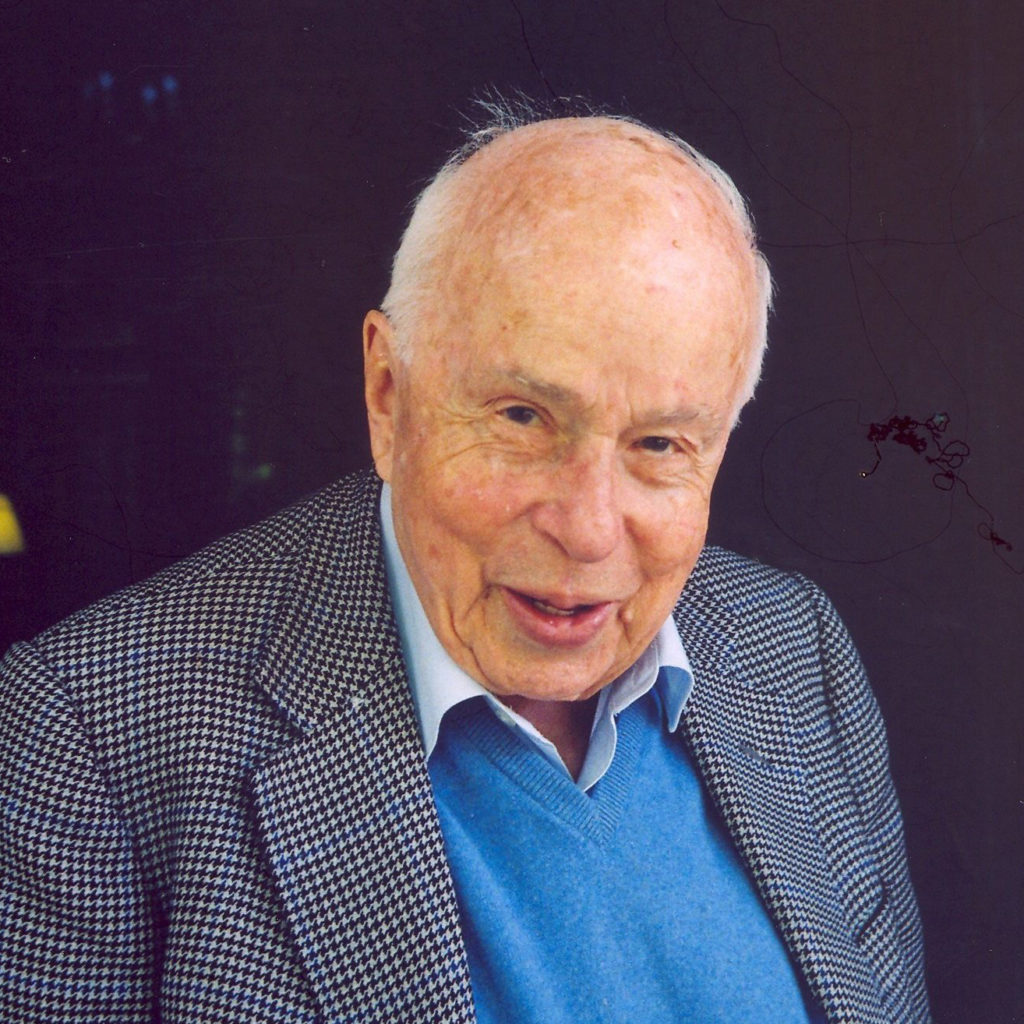
ROLF NOSKWITH was rejected for a job at Bletchley on security grounds despite being a talented mathematician and German speaker. In an atmosphere of heightened suspicion during the early war the establishment was dubious about the loyalty of German citizens in the UK and he returned instead to his studies. A year later he was interviewed again and this time he was accepted into the community at the Park. He joined Hugh Alexander’s team working on the German Naval Enigma and became an expert at the art of using cribs to crack the cipher.
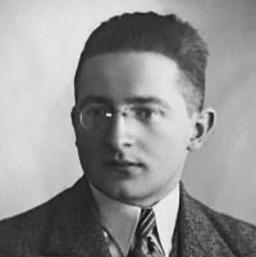
MARIAN REJEWSKI was a Polish mathematician, cryptographer and refugee who was forced to flee as the German army crushed European defences. He was part of the team who managed to first develop the mathematical tools to crack Enigma. As the German invasion of Poland loomed in 1939 he and the team summoned the British and French codebreakers to a conference where they shared their knowledge. Without that Bletchley might have been a footnote. Marian and his colleagues evacuated to France, but when that too fell they had to work undercover in Vichy before eventually fleeing to Britain to work with the Polish Armed Forces in exile.
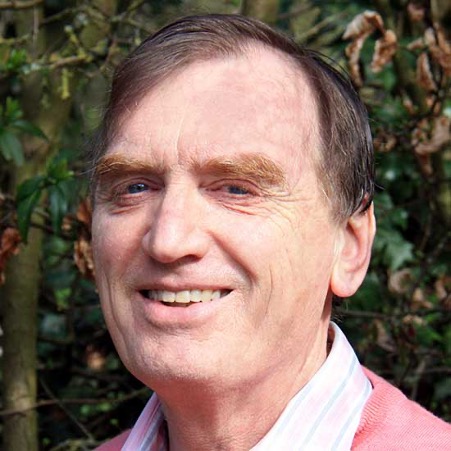
CLIFFORD COCKS was one of the first cryptographers in history to develop a public key cipher. The story of how he did it is fascinating, but was untold for decades as it was classified by the British Government. Like all his colleagues at GCHQ and their predecessors at the Government Codes and Cypher School their work remained uncelebrated and unacknowledged outside the closed environment of the Five Eyes consortium. We had the privilege of meeting Cliff back in 2002, when he was one of our earliest supporters. He is brilliant and self effacing and we know that description applies to so many who dedicate their lives to our security. We are pleased to be able to celebrate them all here.